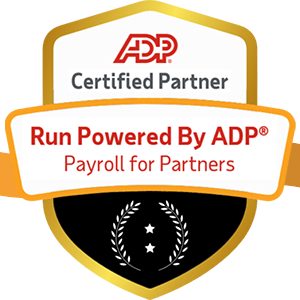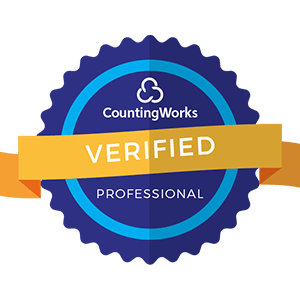
In the ever-evolving Human Capital Management (HCM) world, succession planning and leadership development have become critical for organizational success. As the workforce landscape shifts, companies face the daunting task of identifying and nurturing future leaders while ensuring a smooth transition of roles and responsibilities. This article delves into the complexities of succession planning and leadership development, providing insights and strategies to help HCM professionals navigate these challenges effectively.
Succession planning is the proactive process of identifying and developing potential leaders to fill critical organizational positions. It is a crucial aspect of HCM that ensures business continuity, mitigates risks associated with leadership gaps, and fosters a culture of growth and development. However, many organizations need help implementing effective succession planning strategies, leaving them vulnerable to disruptions when key personnel depart.
According to a study by Deloitte, only 14% of organizations believe they have a strong leadership pipeline. This alarming statistic highlights the urgent need for companies to prioritize succession planning and invest in developing their future leaders.
The first step in succession planning is identifying high-potential employees with the skills, aptitude, and drive to take on leadership roles. However, this process can be challenging, as potential leaders may sometimes be obvious or vocal about their aspirations. HCM professionals must look beyond performance metrics and consider emotional intelligence, adaptability, and the ability to inspire and motivate others.
One practical approach to identifying high-potential employees is to use talent assessment tools. These tools comprehensively evaluate an individual's strengths, weaknesses, and leadership potential, allowing HCM professionals to make data-driven decisions about succession planning.

Once high-potential employees have been identified, the next step is to invest in their development. Leadership development programs should be tailored to the unique needs of the organization and the individual, considering their current skills, career goals, and potential growth areas.
Mentorship and coaching play a vital role in leadership development. By pairing high-potential employees with experienced mentors, organizations can facilitate knowledge transfer, provide guidance, and help future leaders navigate the challenges of their new roles. Mentorship programs also foster a culture of continuous learning and development, encouraging employees to seek opportunities for growth and advancement.
Formal training programs are another essential component of leadership development. These programs should cover various topics, including strategic thinking, decision-making, communication, and emotional intelligence. Organizations can ensure a smooth transition when they step into leadership roles by providing future leaders with the tools and knowledge they need to succeed.

One of the biggest challenges in succession planning and leadership development is overcoming resistance to change. Employees may be hesitant to embrace new roles and responsibilities, while existing leaders may feel threatened by the prospect of being replaced. HCM professionals must navigate these challenges with sensitivity and tact, emphasizing the benefits of succession planning for the organization and the individual.
Effective communication is critical to overcoming resistance to change. HCM professionals should clearly articulate the goals and objectives of succession planning, highlighting the opportunities for growth and development that it provides. They should also engage employees, soliciting their input and feedback to ensure that succession planning aligns with their career aspirations and goals.
Measuring the success of succession planning and leadership development initiatives can be challenging, as the impact may be apparent soon. However, several key metrics are available that HCM professionals can use to gauge the effectiveness of their efforts.
One important metric is the retention rate of high-potential employees. If succession planning and leadership development programs are effective, high-potential employees should be more likely to stay with the organization, reducing turnover and ensuring a stable leadership pipeline.
Another metric to consider is the percentage of leadership positions filled internally. If succession planning is successful, internal candidates should fill more leadership positions, reducing the need for external hires and ensuring a smoother transition of roles and responsibilities.
Finally, HCM professionals should assess the overall impact of succession planning and leadership development on organizational performance. This can be measured through employee engagement, productivity, and financial performance metrics. If succession planning and leadership development are effective, these metrics should improve over time, demonstrating the value of investing in the organization's future leaders.

To ensure the success of succession planning and leadership development initiatives, HCM professionals should follow these best practices:
Succession planning and leadership development are critical components of HCM that require careful planning and execution. By identifying high-potential employees, investing in their development, and overcoming resistance to change, organizations can ensure a smooth transition of roles and responsibilities and position themselves for long-term success.
As the workforce landscape evolves, the importance of succession planning and leadership development will only grow. HCM professionals prioritizing these initiatives and following best practices will be well-positioned to navigate future challenges and drive their organizations forward.


